Recently, I received in my inbox a portfolio of three assets offered for investment, comprising a couple of thousand units, set to reach practical completion next year.

It feels like a milestone in the evolution of the build-to-rent (BTR) market in that we are now seeing offers of a number of schemes that are almost built and let – a rarity in my BTR career. On first inspection, the assets appear well designed with efficiency, management and maintenance all taken into account within the build. Such quality is fundamental to the successful delivery of the service-based model in the BTR sector.
Of course, pricing of assets also has to be appropriate, alongside quality, in order to deliver the most attractive returns for end investors. I expect there will be more nearly built and completed schemes coming to market this year and next as other companies enter the BTR space. Not only is it exciting; it’s also helpful for the market in that more deals means greater potential for additional liquidity and improved data transparency.
Such transactions are necessary for providing pricing details of operating assets, so that this data can be amalgamated and used as a benchmark whilst creating evidence for valuers. Inevitably, as more assets progress to the end of the development cycle, it should also help investors and operators underwriting assumptions on rents, operating costs and lease up.
Expansion of BTR
The entry of large-scale property companies and pension schemes into the BTR market as investors demonstrates the continued growth of the sector beyond the statistics. On that subject, the expansion of BTR homes across the UK is evidenced in the latest Q2 report commissioned by the British Property Federation and produced by Savills.
For the first time ever, BTR homes across the UK regions equal those under way in London, with 62,021 BTR homes either completed, under construction or being planned outside the capital, compared with 62,016 in the capital. This highlights the increasing desirability of the regions to a growing number of people as places to live, work and play, with affordability a key factor.

The sector’s growth is clear, but what will the shape of that growth be? Could the build-for-purpose model be more widely adopted by housebuilders to capture returns from the growing private rented sector? Not just in building homes, but right through to leasing, so that institutional investors are able to buy a stabilised income stream?
While we have been focused on the forward-funding model to date, given the maturity of the sector we are open to purchasing operational assets as long as the pricing and quality are right.
“Could the build-for-purpose model be more widely adopted by housebuilders to capture returns from PRS?”
We welcome increased diversity in the BTR sector, whether from housebuilders or other investors, as this is part and parcel of the strong growth that leads to a wider set of investment opportunities and deeper data for comparison purposes.
Another increasing trend we see is investors joining forces to access the BTR market. Forging trusted partnerships with housebuilders has enabled us to work together on a number of assets and put more capital to work. We have just completed our 12th forward-funded deal – a new partnership with Redrow to deliver 186 homes in Colindale, north London, as part of a larger community.
Creating diverse and sustainable communities in regeneration areas is not only part of our investment philosophy, but also our social impact goals. It is here we are aligned with our housebuilder partners in our priorities and hope to deliver further schemes through joining forces.
























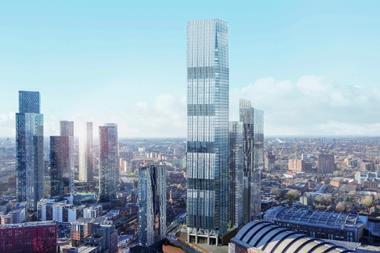
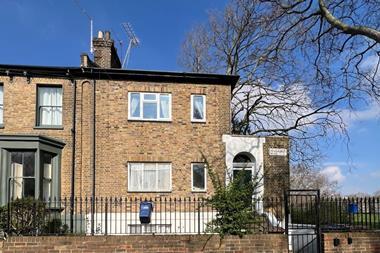

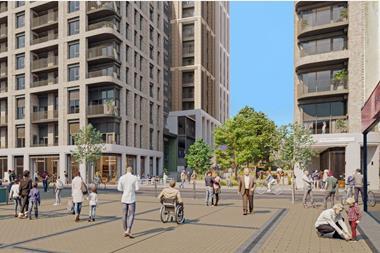
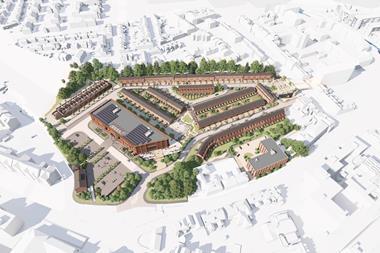
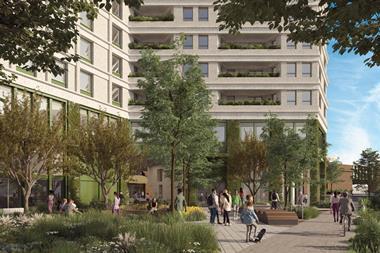
No comments yet